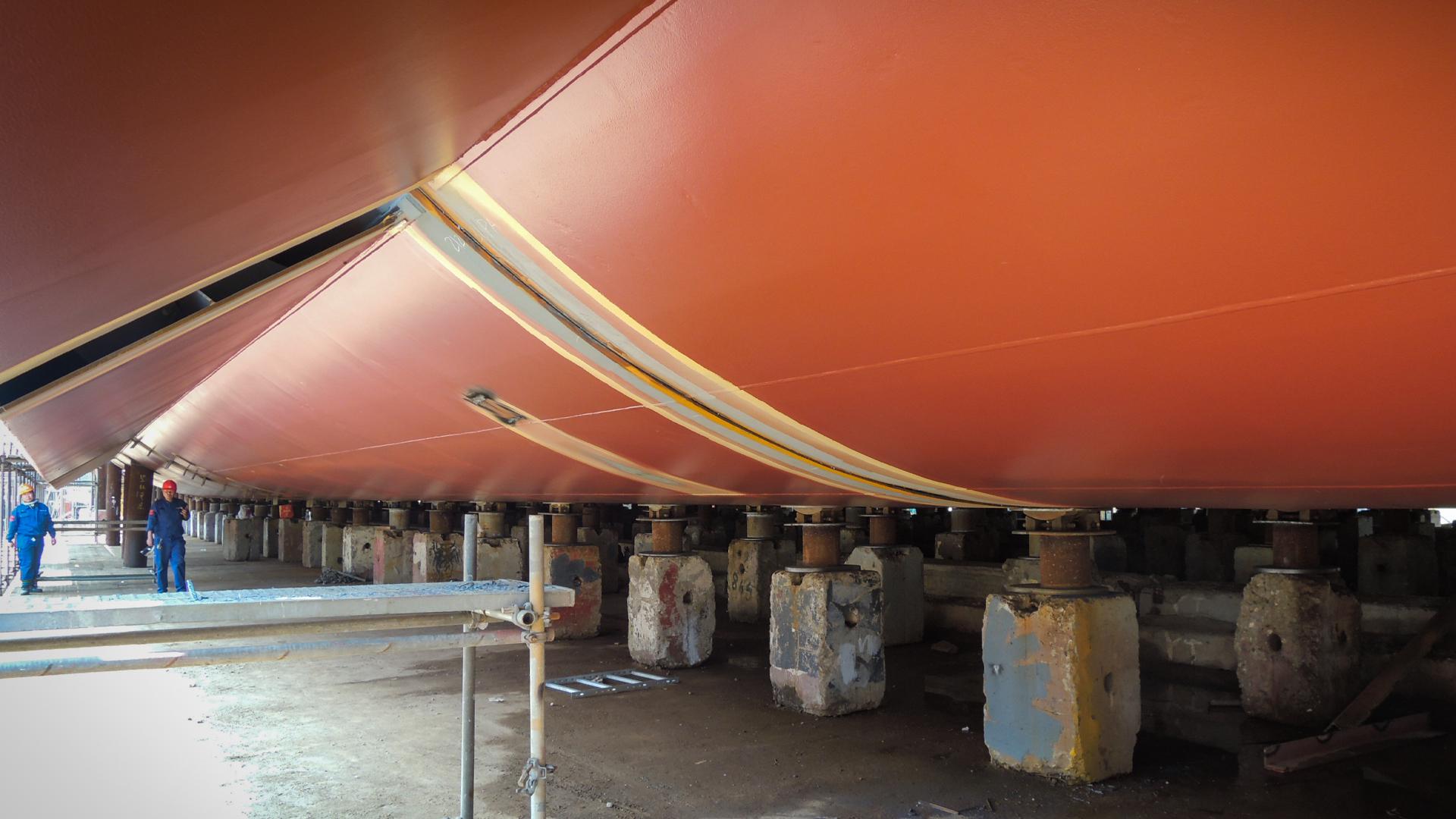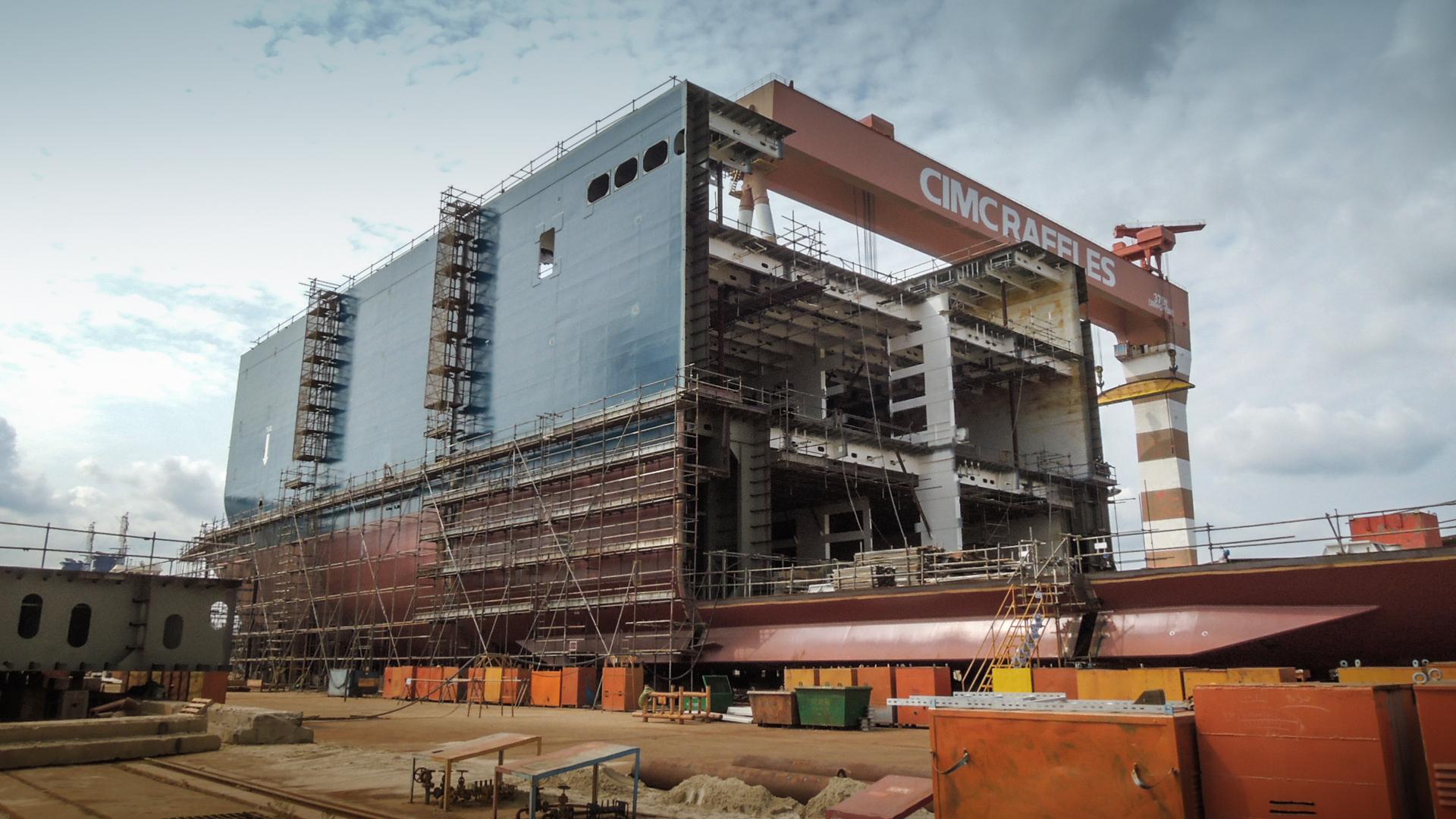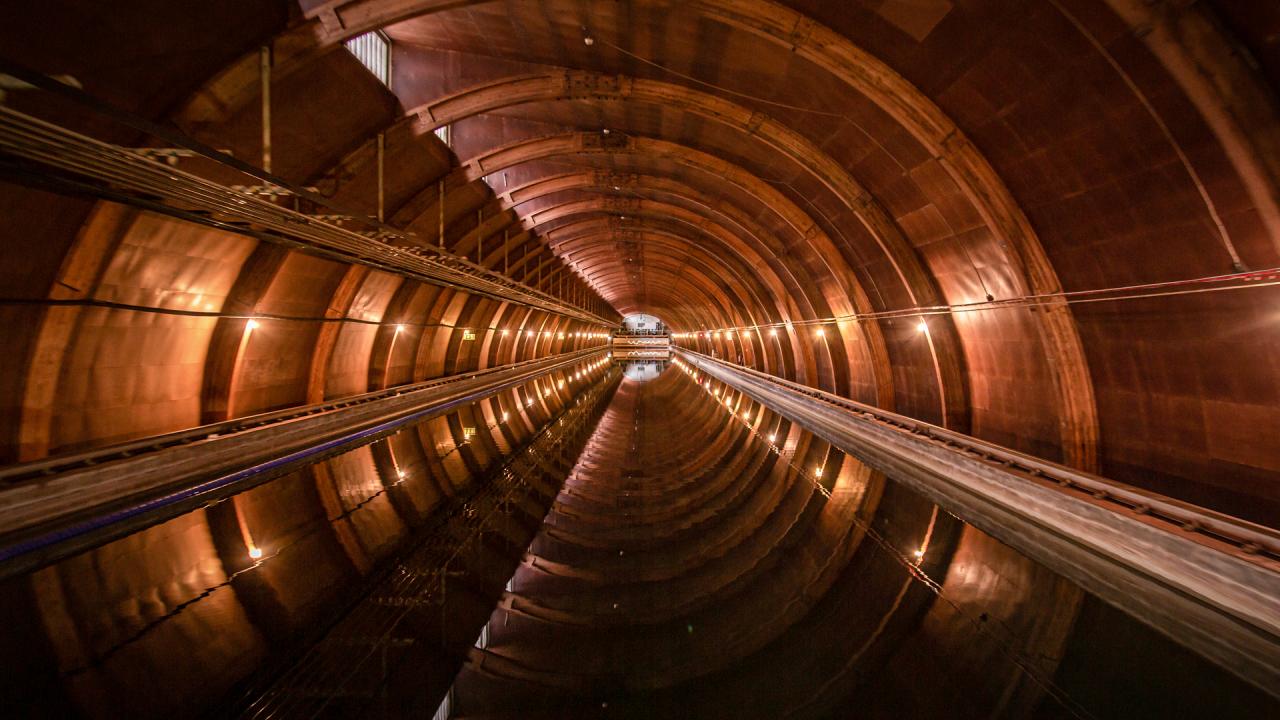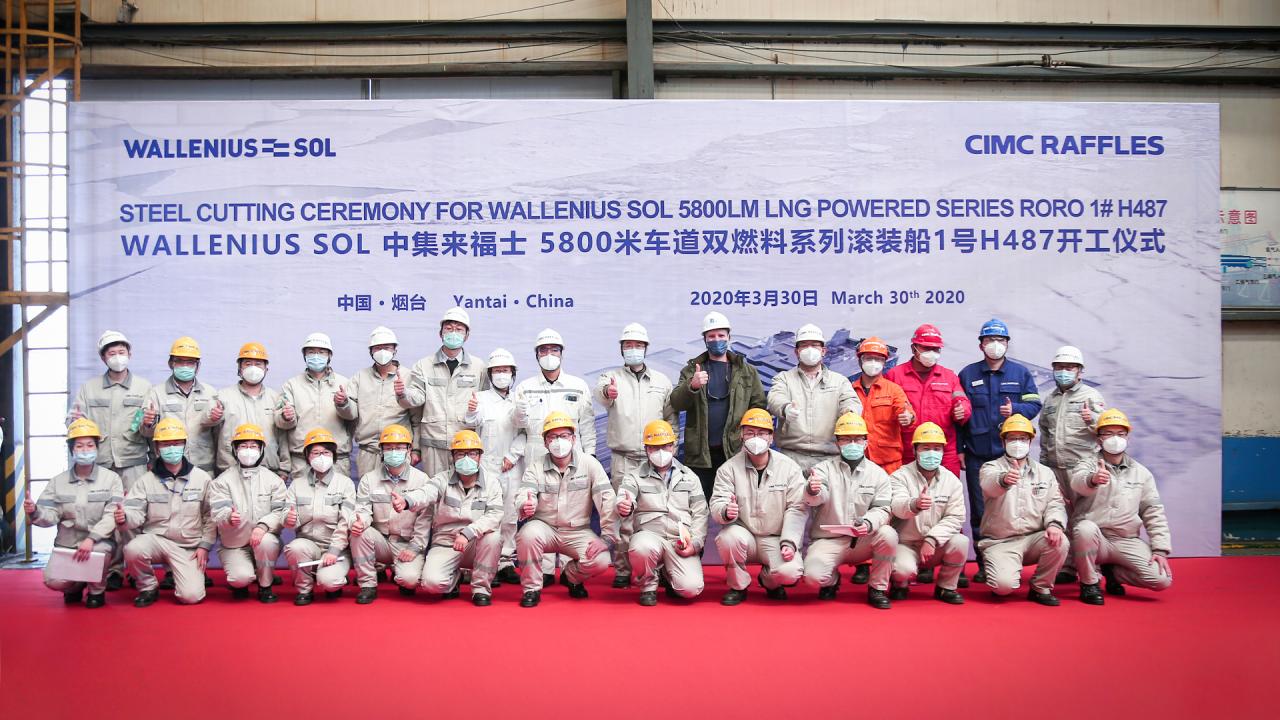World’s biggest LNG RoRo takes shape in gigantic Lego project

Next spring will see the launch of the world’s biggest LNG-fuelled RoRo ship. The ship is unique in many ways, both in terms of carrying capacity and a design that can cope with an Arctic climate and thick ice. Around 18 months into the project, the hull is now being put together piece by piece, or rather block by block.
AMID FLAMES FROM welding rods and cutting equipment, two 242 m long ships are slowly but surely emerging in one of China’s top ranking shipyards – CIMC Raffles. On pallets all around the yard, there are steel components of every size – some as small as an A4 sheet of paper, others as big as a football pitch penalty box. Each one of the components, which constitute the building blocks of something much larger, is marked with a unique code.
Even though the basic principles of shipbuilding have remained largely unchanged since mankind began building ships, modern technology and materials have only been around for a relatively short time. Traditionally, ships were built on slipways upon which the hull framework was erected and then clad in steel plate. These days, ships are built in various modules known as blocks.
One block at the time
“I usually compare it to a gigantic Lego project in which we begin by laying the keel using a block that weighs at least 50 tonnes, and then we add blocks in various sequences that eventually come together to form the ship,” says Per Westerdal, Project Manager at Wallenius Marine.
Ventilation ducts, cable trays, pipework and other equipment are built into the blocks from the start.
“Back in the day, the entire hull structure was built before pipes, pumps and other equipment were installed. But installing the equipment into prefabricated boxes first before putting all the boxes together is much more efficient from a production standpoint,” says Per.

Production at the Chinese shipyard has been in full swing since March 2020. Despite certain delays due to the pandemic, the keels of both vessels were completed ahead of schedule and one of the mid-ships sections is already on the slipway. Almost half of the 130 building blocks for each ship have been designed and completed. Wallenius Marine has ten men on-site at the shipyard in Yantai, China to closely monitor the process.
“It’s incredibly exciting to take part in a new shipbuilding programme like this. While conditions for building ships in China can be good, it requires more of our Site team to monitor and check that construction is proceeding according to rules and regulations and good industry practice,” says Henrik Sundkvist, Site Manager, Wallenius Marine.
Ready for launch in April 2021
If everything proceeds according to plan, one completed hull should be ready for launch in April 2021. This means a great deal of equipment is already in place in the various blocks. Then there will be a few intensive months of trials alongside with component installations and trial runs using each fuel before the world’s biggest LNG-fuelled RoRo ships can be commissioned by WALLENIUS SOL to ply routes in Europe.
“I’ve been involved in shipbuilding projects before and have docked some 30 ships in the Wallenius Marine fleet. I get the same feeling every time a ship leaves the yard. I already know how I will feel – the satisfaction of being involved in a project where technology and collaboration between people from different cultures results in a beautiful, safe and seaworthy ship for the owner and its crew,” says Henrik Sundkvist, Site Manager Wallenius Marine.
Hull specifications

LOA: 241.7 metres
Number of blocks: 130 (including external and internal ramps)
Beam: 35.20 m
Steel weight (blocks): 15,135 tonnes



